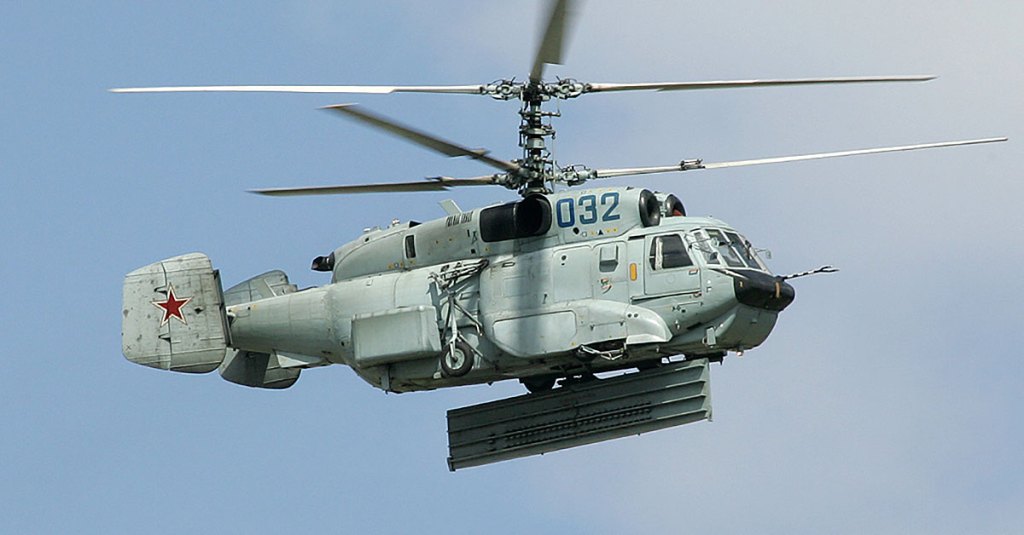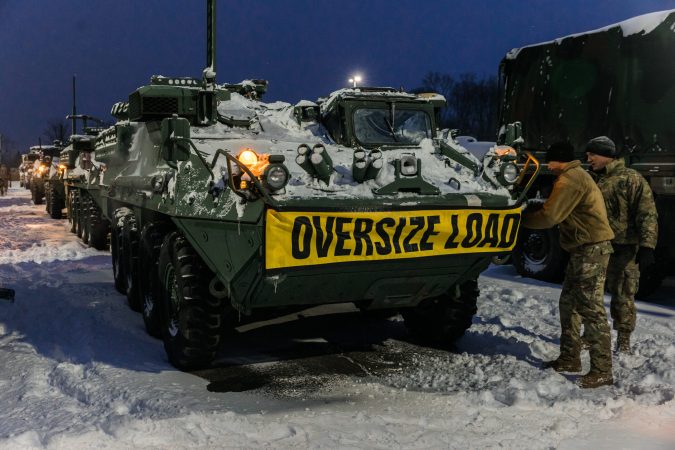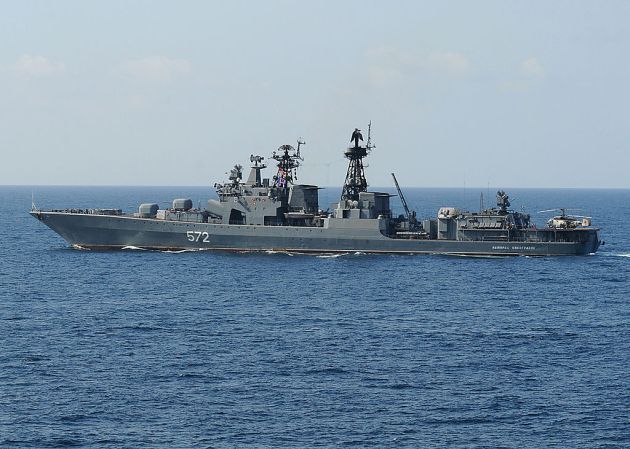Let’s face it – the most important aircraft that a carrier has in its air wing are not the fighters the protect it, nor the attack planes to hit targets.
Actually, no operation can go on without the carrier’s airborne early warning aircraft.
Surprised? Don’t be. Airborne early warning aircraft help protect carriers in two ways.
First, they place an eye high in the sky so that it can see further and detect threats earlier. Second, they provide the means to displace that eye, so that it is harder to find the base (whether on land or at sea).
This displacement is particularly valuable at sea. Planes from land bases can usually land at other bases. But if a carrier is sunk out in the middle of the ocean, the pilots in planes in the air only have two options: Bail out, or make a splash landing.

The United States solved this problem with the E-2 Hawkeye. This plane had long range (the E-2D adds aerial refueling), and a powerful radar. But not all countries have full-deck carriers.
The British hit on the solution after the Falklands War by mashing up an air-search radar with the Sea King helicopter. They later did the same with the Agusta-Westland Merlin.
Russia had tried to build its own version of the E-2, but Ukraine got custody of the An-71/An-74 Madcap after the break-up of the Soviet Union, and the Yak-44, the only alternative to the Madcap, couldn’t be operated off the Kiev or Kuznetsov-class carriers.
So, the Russians have fielded the Ka-31, an airborne early warning variant of the Ka-27/Ka-29 Helix series of helicopters, which they intended as a stopgap.

The Ka-27 has long been used on Russian surface combatants as an anti-submarine helicopter, and at 37 feet long and 17 feet, nine inches high, it is shorter but taller than the MH-60R Seahawk (just under 65 feet long and 12 feet, four inches high). The Ka-31 is slightly longer (41 feet long) and taller (18 feet, four inches).
You can see a video about this Russian solution below.


















